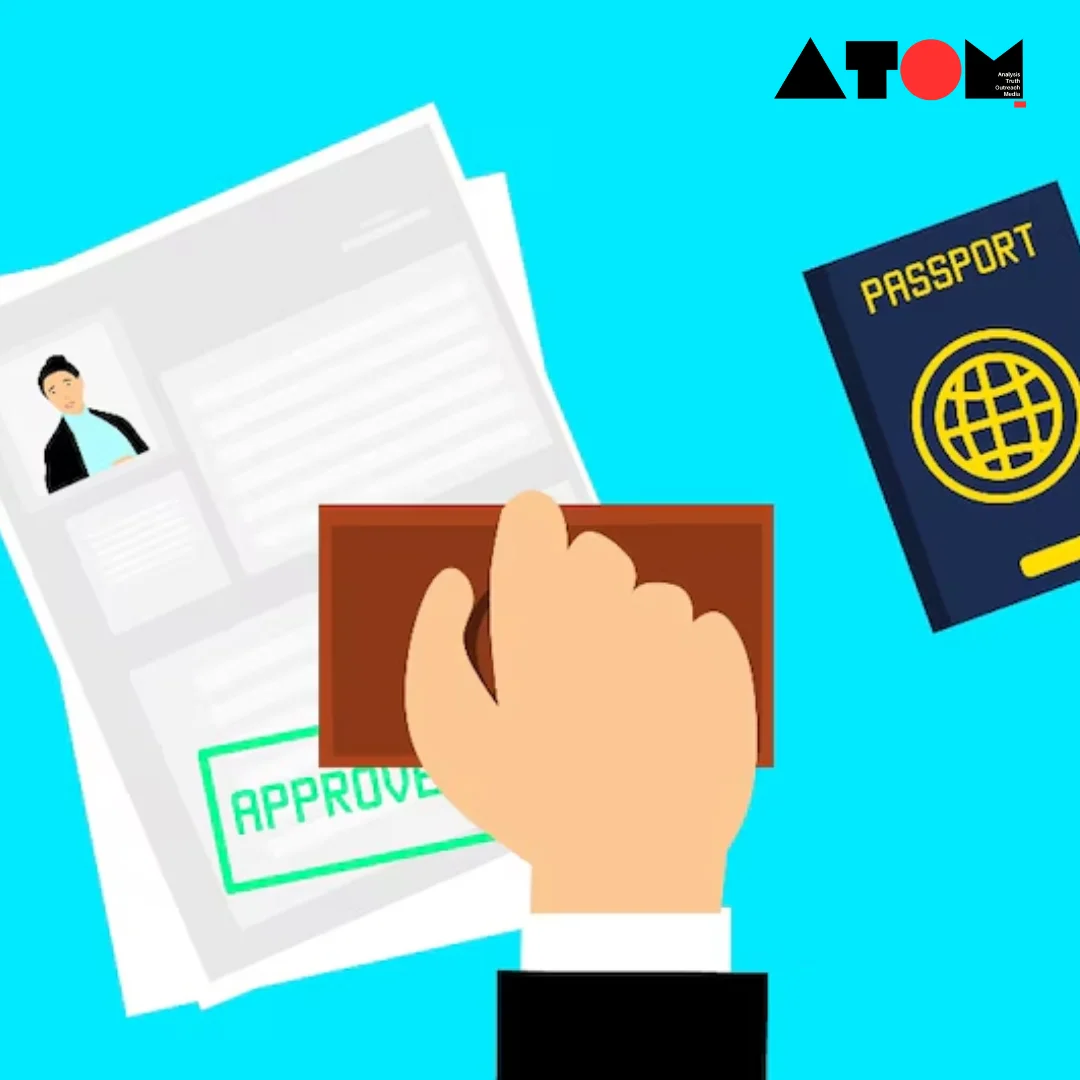Introduction of Stricter Measures in Response to Unsustainable Migration Levels
New Zealand has recently implemented significant changes to its employment visa program in response to near-record levels of migration observed last year, which the government deemed “unsustainable.” These changes aim to address concerns regarding the influx of migrants, particularly in low-skilled roles, and ensure that the country’s workforce needs are met while prioritizing opportunities for New Zealanders. The modifications include the introduction of English language requirements for low-skilled jobs, the establishment of minimum skills and work experience thresholds for most employer work visas, and a reduction in the maximum continuous stay duration for low-skilled roles from five years to three years.
Key Changes in Work Visa Regulations
The alterations to New Zealand’s work visa regulations encompass several key provisions aimed at enhancing the quality and sustainability of the country’s workforce. Among these changes are:
- English Language Requirements: Migrants applying for low-skilled roles at levels 4 and 5 are now required to meet specified English language proficiency standards, ensuring that they possess adequate communication skills to effectively perform their duties and integrate into the workplace environment.
- Minimum Skills and Work Experience Criteria: To qualify for most employer work visas, individuals must meet minimum requirements regarding their skills and work experience, thereby ensuring that foreign workers possess the necessary qualifications to contribute meaningfully to the New Zealand economy.
- Engagement with Work and Income: Employers seeking to fill level 4 and 5 positions are now required to engage with Work and Income before obtaining approvals to hire migrant workers. This step aims to facilitate collaboration between employers and relevant authorities to assess labor market needs and prioritize local employment opportunities.
- Reduced Maximum Continuous Stay Duration: The maximum continuous stay for low-skilled roles has been reduced from five years to three years, aligning with the government’s objective of promoting workforce sustainability and reducing reliance on migrant labor in certain sectors.
Rationale Behind the Regulatory Changes
The decision to overhaul New Zealand’s work visa program stems from the government’s recognition of the need to strike a balance between addressing skill shortages in key sectors and safeguarding employment opportunities for local residents. Immigration Minister Erica Stanford emphasized the importance of attracting and retaining highly skilled migrants, particularly in areas experiencing critical shortages, while simultaneously ensuring that New Zealanders are given priority in job placements where no skill shortages exist.
Impact of Record Migration Levels
Last year, New Zealand experienced a near-record influx of migrants, with approximately 173,000 individuals relocating to the country. While this surge in migration reflects New Zealand’s attractiveness as a destination for international talent, it also raised concerns about its long-term sustainability and potential adverse effects on inflation and employment dynamics. In response, the government opted to implement targeted policy changes to mitigate these challenges and foster a more balanced approach to immigration.
Comparison with Neighboring Australia’s Policy Shifts
New Zealand’s efforts to reform its work visa program align with similar initiatives undertaken by neighboring Australia, which has also witnessed a significant increase in migrant arrivals. In contrast to New Zealand’s regulatory adjustments, Australia has announced plans to halve its migrant intake over the next two years, signaling a broader trend among countries in the Asia-Pacific region to reassess their immigration policies in light of evolving economic and social dynamics.
The recent changes to New Zealand’s work visa regulations reflect the government’s commitment to managing migration levels in a manner that prioritizes the country’s long-term economic prosperity and the well-being of its citizens. By introducing measures such as English language requirements and minimum skills thresholds, New Zealand aims to strike a balance between addressing labor market needs and safeguarding opportunities for local workers. As the country navigates the post-pandemic recovery phase, these regulatory changes are poised to shape the composition of its workforce and ensure its resilience in the face of future challenges.
Read more: Marketing News, Advertising News, PR and Finance News, Digital News





